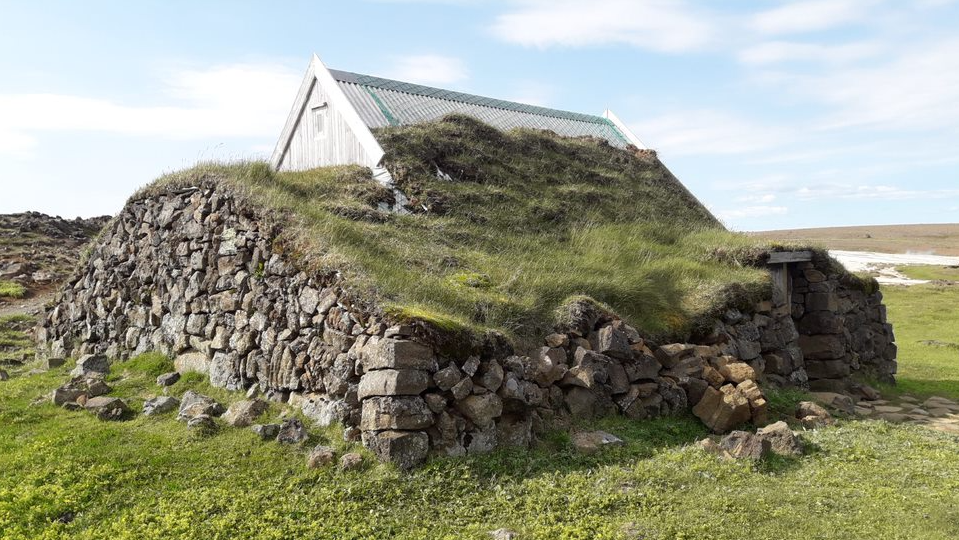Vinna við nýjar heimasíður Umhverfis- og orkustofnunar og Náttúruverndarstofnunar er í gangi. Heimasíða Umhverfisstofnunar er virk á meðan vinnunni stendur. Information in English
Culture and history

Kjalvegur was an important and popular transit route in the first centuries of the Icelandic settlement and was probably the main transit route between the North and South. According to Landnáma, the first expeditions through Kjölur were made before or around 900, and in it, Hveravellir is called Reykjavellir. The ancient Kjalvegur route is divided in two. One route leads east of Hveravellir, over the Kjalhraun lava field between Mt. Rjúpnafell and Mt. Kjalfell. Northeast of Mt. Kjalfel, it passes Beinahóll, then along Svartá to Hvítá. The other route lies west from Hveravellir, along the marginal mountains of Langjökull, by the western part of Kjalhraun to Lake Hvítárvatn, and the routes converge at Hvítá. By the 17th century, traffic on Kjalvegur had decreased significantly. One of the reasons for this is that fewer people attended Alþingi in Þingvellir, which was effectively dissolved around 1800. As a result, people had less reason to travel through Kjölur. Also, and as important, the Reynisstaðir-brothers’ calamity inspired dread and fear of the route. The Dane Daniel Bruun traveled through there around the end of the 18th century, and it was his initiative, among others, that led to Kjalvegur being marked.
Iceland’s most famous outlaws, Fjalla-Eyvindur and Halla, stayed in Hveravellir twice after being exiled in 1760. They lived in the wilderness for nearly 20 years, and their stay in Hveravellir was early on in their exile. As is the case in many places in the highlands, there are place names that reference their stay. On the ridge west of the geothermal area is Eyvindur’s hut, which is thought to be the remains of the hovel they lived in. Eyvindarhver (Eyvindur’s spring) is close by, with an ancient drystack believed to have made it easier to boil food in the hot spring.
There is an old shelter in Hveravellir that was built in 1922 on the ruins of an older shelter. The house is built from turf and stone and was rebuilt in 1994. The Iceland Touring Association built a shelter in 1938 and another in 1980. In Breiðamelur, there is a meteorological station that was manned, year-round, from 1965 to the turn of the century.